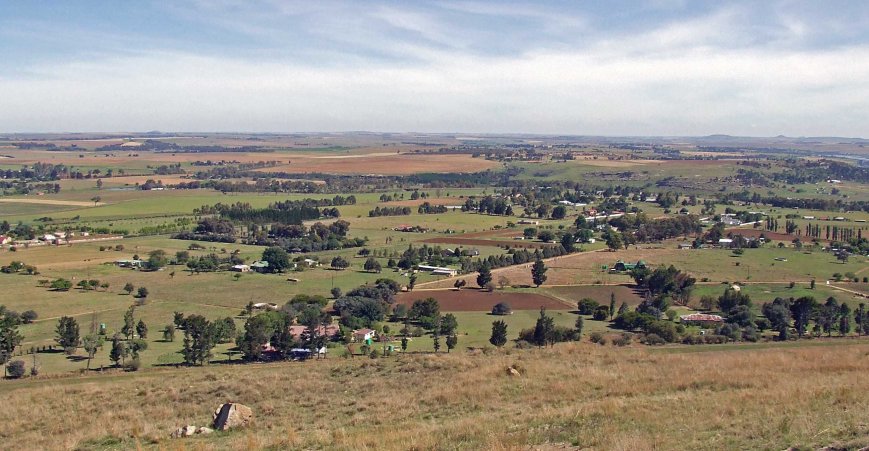I originally started writing this post two years ago, back when Donald Trump had just been elected as President of the USA. I didn’t finished writing it then because I assumed that the topic was just a passing fad, something none of us actually took seriously. Fast-forward to today, the US government has been shut down for more than three weeks as Trump tries to hold the country hostage over his border wall with Mexico. I suppose now is a as good a time to finally publish this post, even though a paper was published on the topic in BioScience last year.
As one of the most absurd campaign promises in recent history, Donald Trump’s commitment to building a wall between the United State and Mexico has attracted many critics. Many scoffed at his claims that such a structure will keep out the make-believe mob of bad hombres chomping at the bit to sell drugs to innocent Americans. Others giggled at Trump’s conviction that those very same bad hombres would pay for his trademark erection.
But this post is not about the fragile justification for building a massive wall. It’s a thought experiment on how many species would be affected by this cross-continent barrier.


